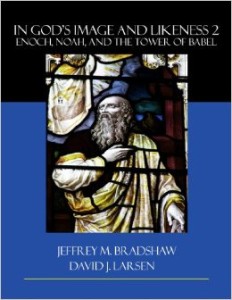Podcast: Download (17.7MB)
Subscribe: RSS
From the book: Of Faith and Reason: 80 Evidences Supporting the Prophet Joseph Smith
By Michael R. Ash
Non-LDS Near Eastern scholar David Noel Freedman said that he had never encountered an Abraham account where the patriarch himself was threatened with sacrifice until he saw the claim in the Book of Abraham. Upon further reflection he acknowledged that a similar tradition existed in an ancient Abrahamic document, but an English translation was not available until the 1890’s. What are the chances that Joseph Smith could have gotten so many things right by mere guesswork?
Michael R. Ash is the author of: Of Faith and Reason: 80 Evidences Supporting The Prophet Joseph Smith. He is the owner and operator of MormonFortress.com and is on the management team for FairMormon. He has been published in Sunstone, Dialogue: A Journal of Mormon Thought, the Maxwell Institute’s FARMS Review, and is the author of Shaken Faith Syndrome: Strengthening One’s Testimony in the Face of Criticism and Doubt. He and his wife live in Ogden, Utah, and have three daughters.
Julianne Dehlin Hatton has worked as a News Director at an NPR affiliate, Television Host, News Anchor, and Airborne Traffic Reporter. She graduated with an MSSc from the Maxwell School of Citizenship and Public Affairs at Syracuse University in 2008. Julianne and her husband Thomas are the parents of four children.
Music for Faith and Reason is provided by Arthur Hatton.

